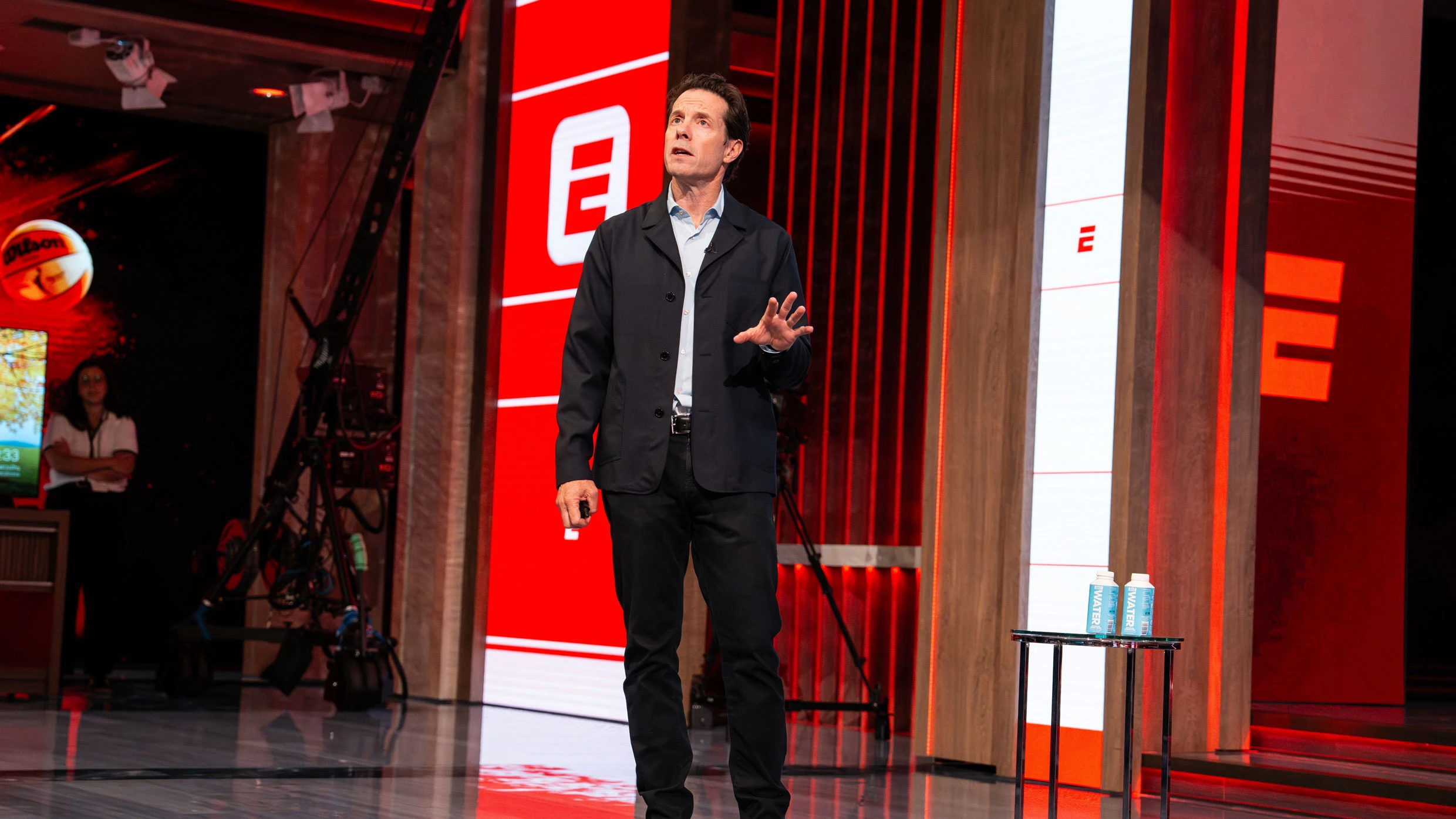
""We believe that people should be able to subscribe to ESPN in whatever way best suits them," says Adam Smith, named chief product and technology officer for Disney Entertainment and ESPN a year ago after over 20 years at YouTube and Google. "If they want to do it direct to consumer through us, if they want to buy it through a bundle, or if they want to just continue purchasing it through [a cable or satellite provider], that's all great.""
"What Disney is offering isn't just the same familiar ESPN programming delivered over the internet. Instead, the company has taken its 47,000 live sporting events a year, spread out across 12 channels, and built a distinctly digital experience around them. That experience spans apps for connected TVs, phones, computers, and TVs, sometimes intermingling them. It also flows into Disney+, where ESPN's motherlode of content could provide a competitive advantage over Netflix, HBO Max, and other streamers that offer only a dollop of athletics by comparison."
"Ultimately, this retooling took a full decade-a period during which Iger retired and unretired. But the moment he said would come has arrived. Starting today, you can get full-blown ESPN in stand-alone streaming form, available on connected TVs, phones, tablets, and computers. It's the biggest inflection point for Disney's direct-to-consumer video strategy since the company launched Disney+ in 2019."
Disney planned and executed a decade-long shift to offer ESPN as a direct-to-consumer streaming service, launching full standalone access across connected TVs, phones, tablets, and computers. The rollout follows an initial 2015 commitment with an original target of 2020 and spanned leadership changes. Disney built a digital-native product around 47,000 annual live sporting events across 12 channels, integrating apps across devices and folding ESPN content into Disney+. The product aims to give consumers flexible subscription options—direct, bundled, or via traditional providers—and to strengthen Disney's competitive position against streaming rivals with more limited sports offerings.
Read at Fast Company
Unable to calculate read time
Collection
[
|
...
]